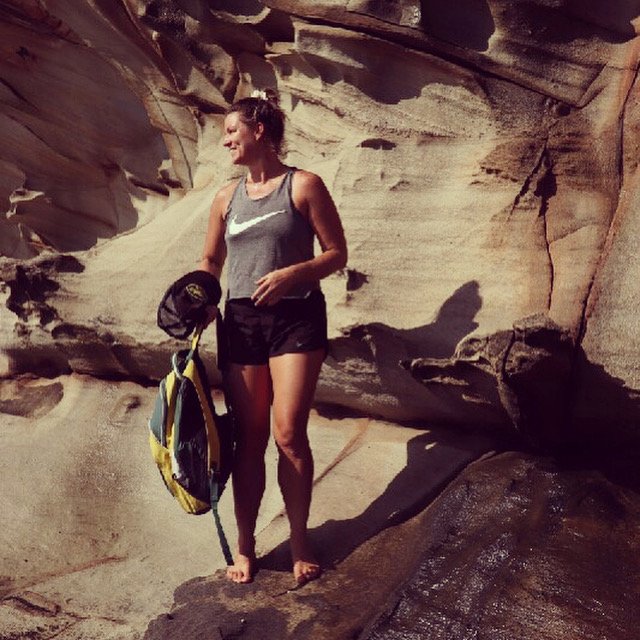Initially when I chose to study Occupational Therapy, I really saw it as my “ticket out of town”. I wanted to move away, seek independence and start a new chapter. I had no idea what Occupational Therapy was, I’d never even heard of it- I chose it because my friend said she was thinking about studying it and, to be honest, like the rest of my choices at that time, I was only going to uni because my close friends were.
I was accepted into Sydney University after completing year 12, packed a bag and moved to Sydney- 700 kilometres from my home, 900 kilometres from my friend who ended up choosing to study Psychology in Brisbane, and infinite kilometres from my heart. I found the change of pace and environment hard to adapt to, and felt incredible lonely, but managed to complete the four years, gain my degree and make a lot of memories in the process.
But I still didn’t know what I wanted to do and I had no idea who I was.
I worked in a range of hospital and community settings. I implemented assessments, treated via the protocols and enjoyed seeing clients reach their goals, but I never really felt connected to the work or the profession. I’d hear my peers sharing how amazing OT was and, whilst it was a great job, it wasn’t my passion, there was no spark, my soul wasn’t on fire.
Until I came across paediatrics.
At first, I think I enjoyed working with kids simply because the work was aligned with my spirit- playful, nurturing, creative, active, empathetic. But over time, I realised that my role in paediatrics allowed me to be vulnerable and left no option for me but to be authentic (there is no pretending to a kid who has just called you out on how spikey your legs are that day).
It was in paediatrics that I truly began to embody what I was taught- holisitic health care, importance of relationship, clinical reasoning, the value of occupation, therapeutic use of self, lifelong learning and the ability to reflect, evaluate and adapt.
I began to realise that my own journey as an individual was synonyms with that of my journey as a therapist and influenced by the journeys of those I support.
I began to see that the evolution of those around me invited my own evolution and, with that, my self-awareness shifted from virtually non-existent (I literally moved to Sydney and studied OT because my friend said she was thinking about it) to a work in progress to a daily priority and, with this evolution, came more clarity, more dreams, more ideas, more passion, more direction, more precision, more compassion, and a genuine connection to myself and others.
So, to me, Occupational Therapy means coming full circle every day. As I endeavour to simply just show up every day, with an open mind and heart, and be willing, I learn a little more about Occupational Therapy and Myself every day, peeling back another layer, embedding experience and experiences and leaning into the next day to, again, show up, be open and willing. Rather than viewing the Occupational Therapy journey as a road that has a start and finish, I view it as a wander along a familiar path through unfamiliar land, each time interacting with others on the same path, noticing new details, uncovering new Earth and leaving footprints for myself and others to return.
Happy OT Week to each of you wandering the path.
Lee x
PS. That town that I was so desperate to leave? I came full circle and moved back there.














































